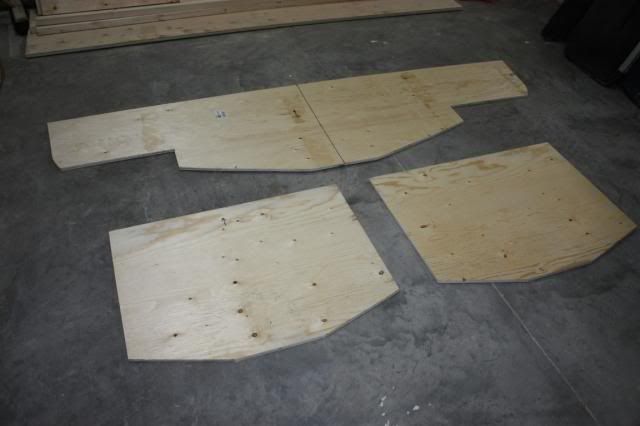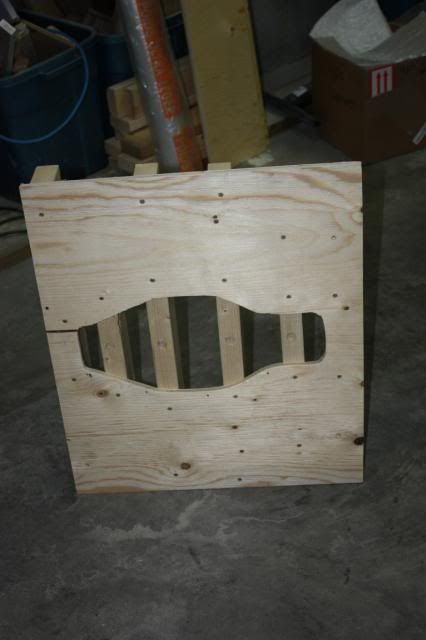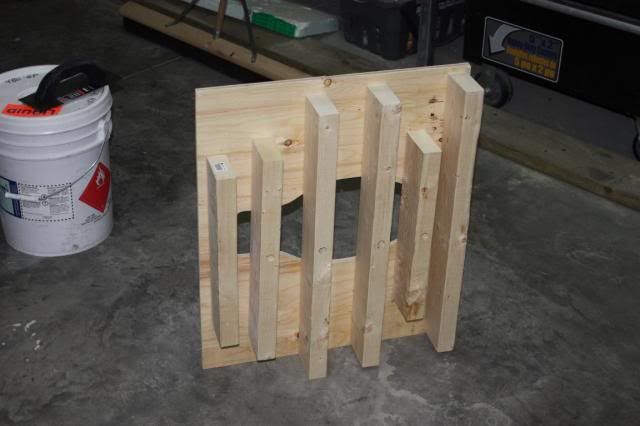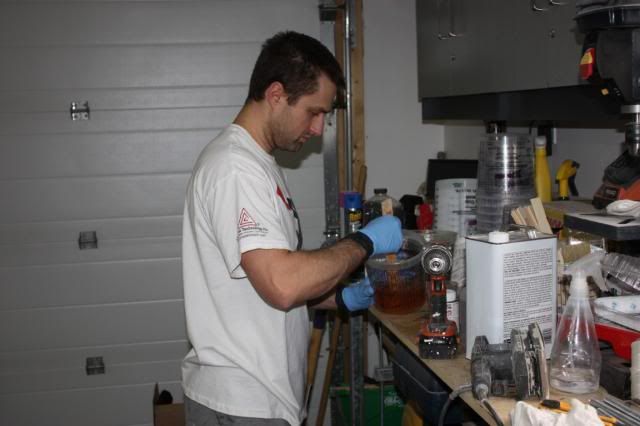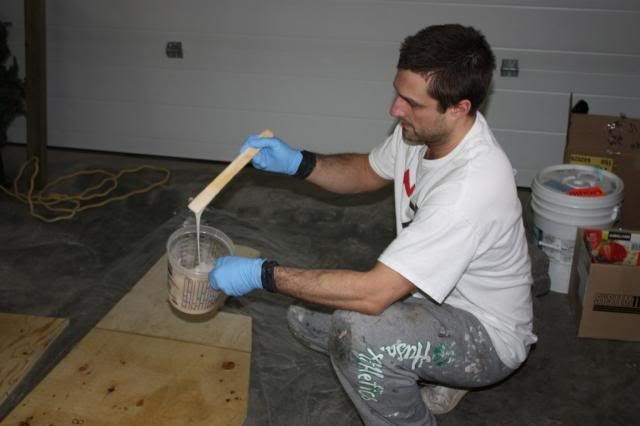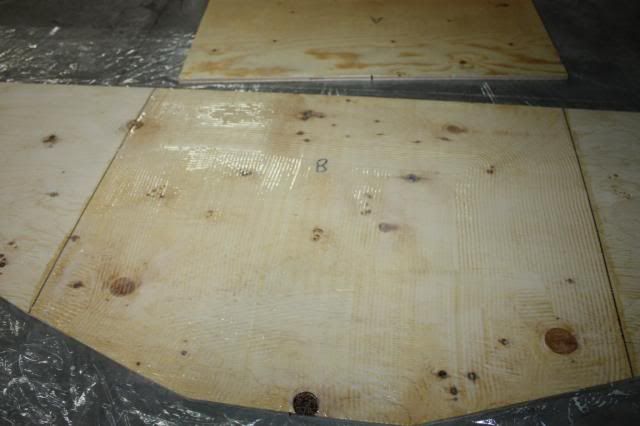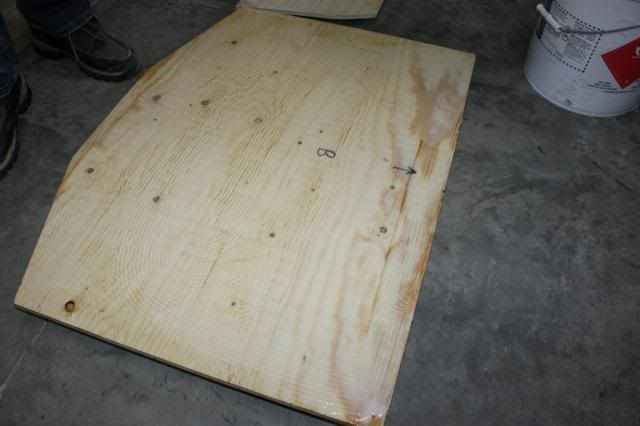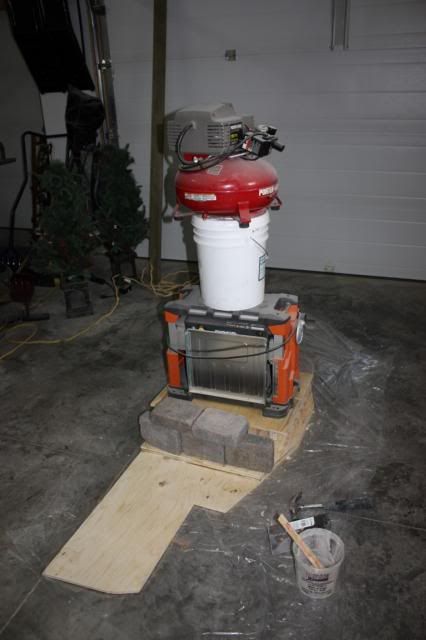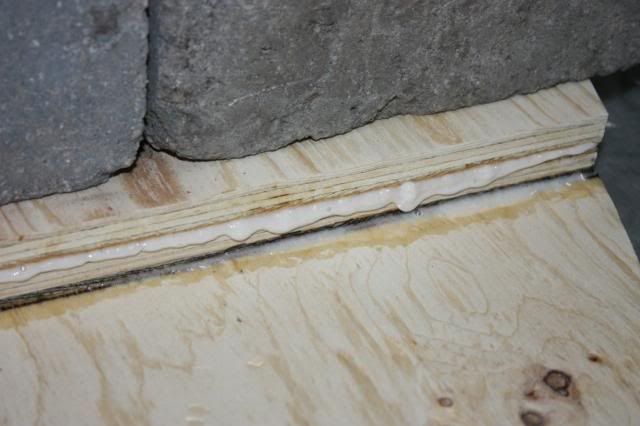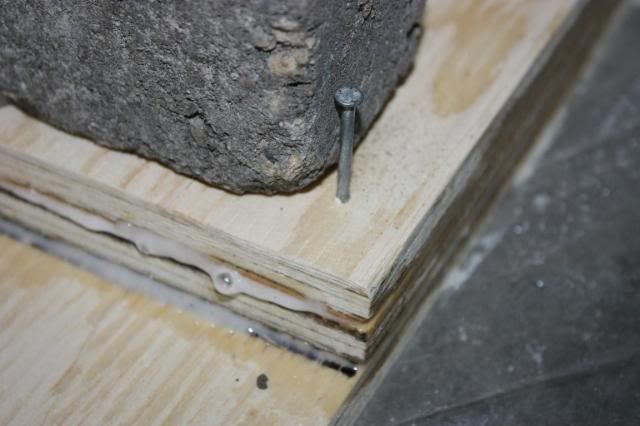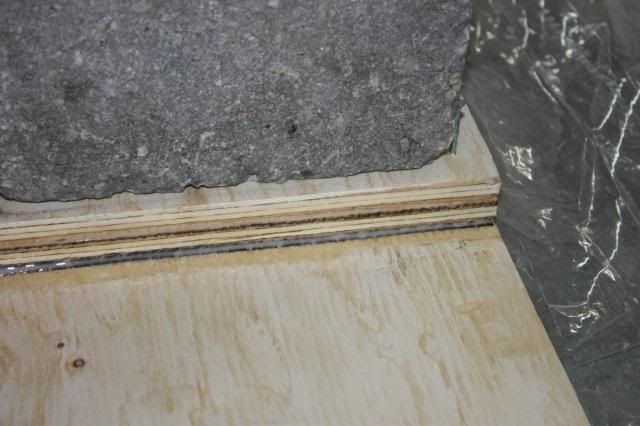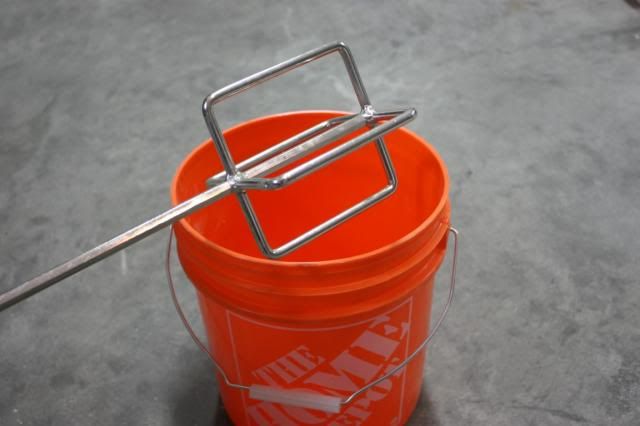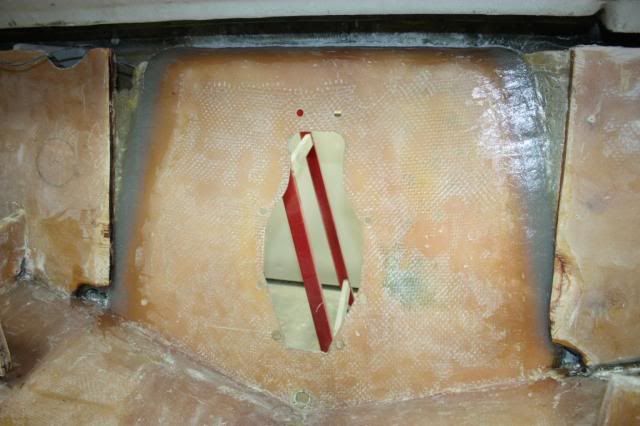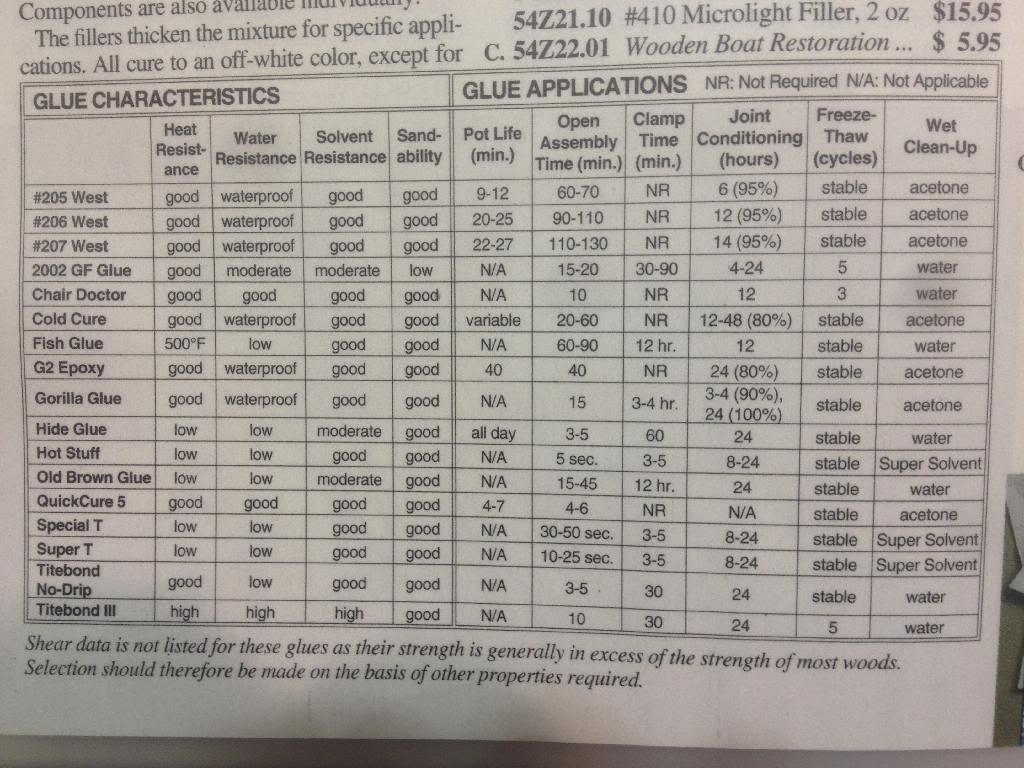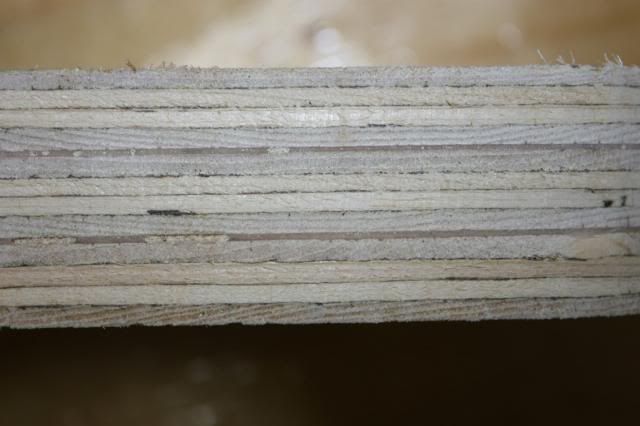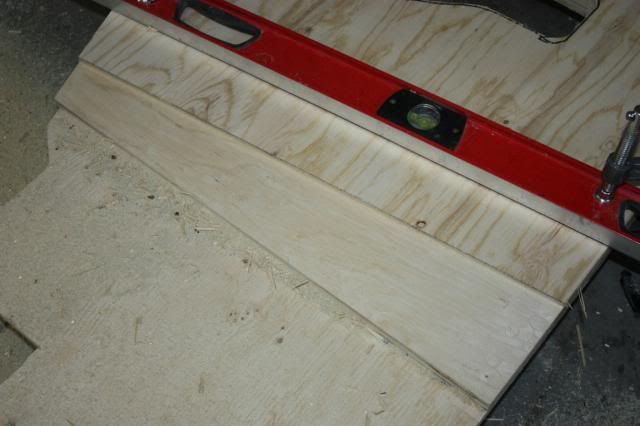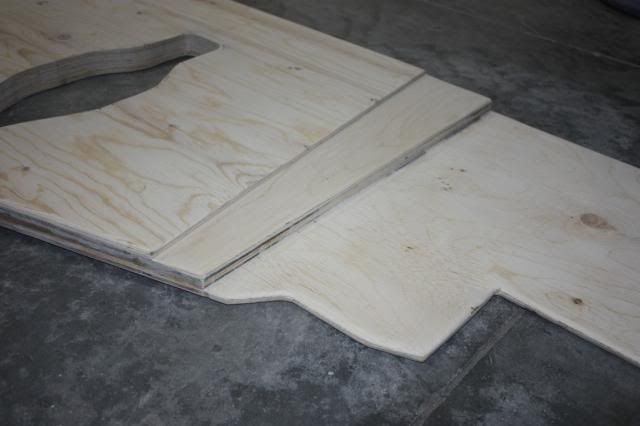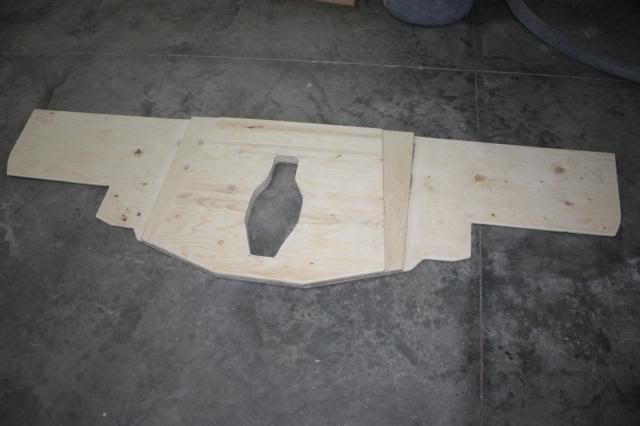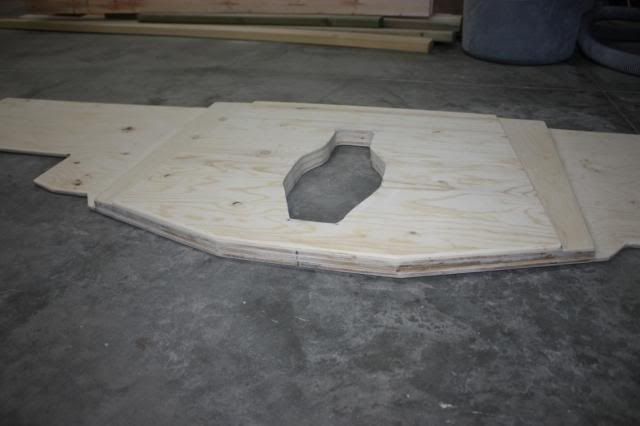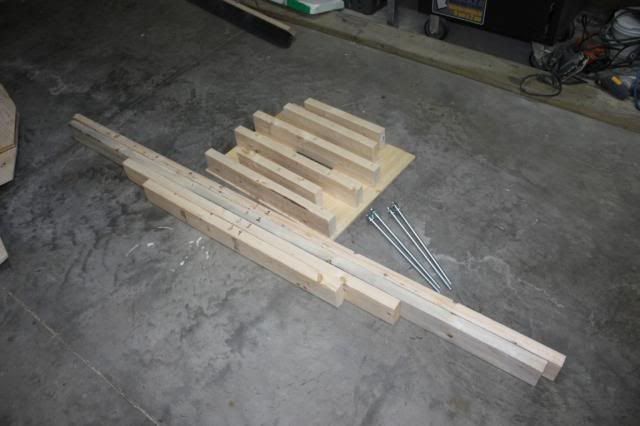Re: 1999 Celebrity 190 - Engine Mount and Stringer Repair
The other day when I laminated my transom plywood and did a little PB work on the existing transom skin, I had some thickened epoxy and PB left over, so I though I would do some bonding tests.
Please bear in mind this was a highly scientific experiment performed under maximum scrutiny within the confines of my laboratory (garage). The test subjects were left over strips of 8"x1.5"x0.75" medium density fibreboard, or as those of us in the scientific community like to call it, MDF. Each test, and there were four in total, involved a very carefully monitored application of bonding adhesive to the test location, which was a 2" long area on the end of each test strip. Two strips were used per test, after the bonding adhesive was carefully applied, the two strips were clamped together, and allowed to cure overnight.
Ambient conditions were as follows:
Air temperature - 20 degrees C nominal, min 18, max 22
Humidity - Somewhere between 0 and 100%
As per standard scientific procedures,
no control test was performed as my methodology for evaluation was to be rock solid, noted below.
Test 1 - Thickened epoxy, 1lb clamping pressure, +/- 1lb
Test 2 - Thickened epoxy, placed in vise at max clamping force my measly little arms could produce
Test 3 - Hairy PB, 1lb clamping pressure, +/- 0.5kg
Test 4 - Hairy PB, clamped using a standard 8" C-clamp using a generous amount of clamping pressure
The unaudited results were as follows. In all four cases, I could not separate the two test strips by hand, I used a highly calibrated splitting device (chisel) to open up the test strips until such time the bonding or test strips failed. Yes, that was the rock solid evaluation criteria.
Both tests using thickened epoxy yielded identical results, no notable difference, interesting as previous research had led this highly trained scientist to believe too much clamping pressure would in fact degrade bonding performance. Note to self, Google may or may not return accurate information.
Test 3 required the most effort of all test cases to split the joint. In fact, as you will see in the below photos, the bond removed the greatest amount of material to a greater depth than any of the other cases. Hmmmm, better resin absorption properties than epoxy could be conjured up as a possible theory.
Test 4 required the least effort, in fact, the bond failed, not the MDF. I did however note that a barcode sticker was left directly in the bonding test area prior to the PB application, sloppy scientific work on my part. Either way, I would surmise that too much clamping pressure when bonding with PB would affect it's final strength in an inversely proportional manner.
The below photos were taken post experiment:
Test 1 - Thickened Epoxy, lightly clamped
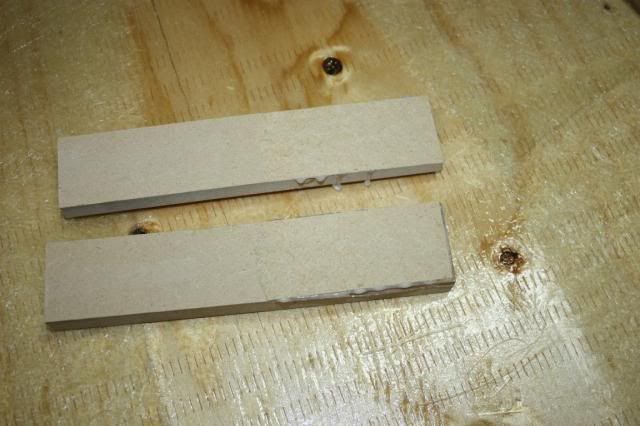
Test 2 - Thickened Epoxy, tightly clamped
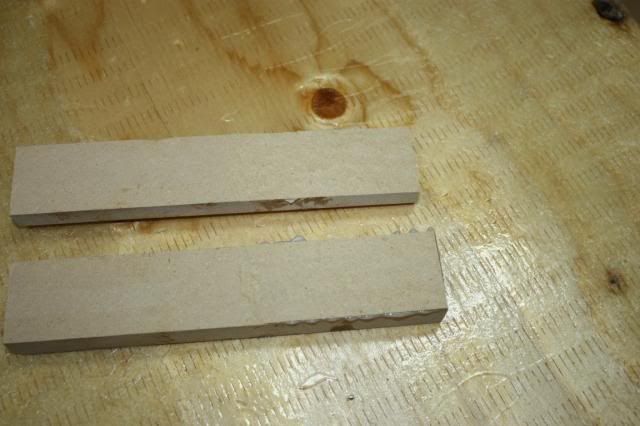
Test 3 - Hairy PB, lightly clamped
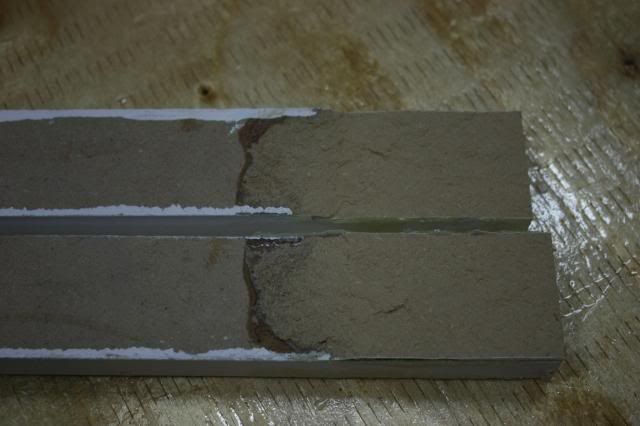
Test 4 - Hairy PB, tightly clamped
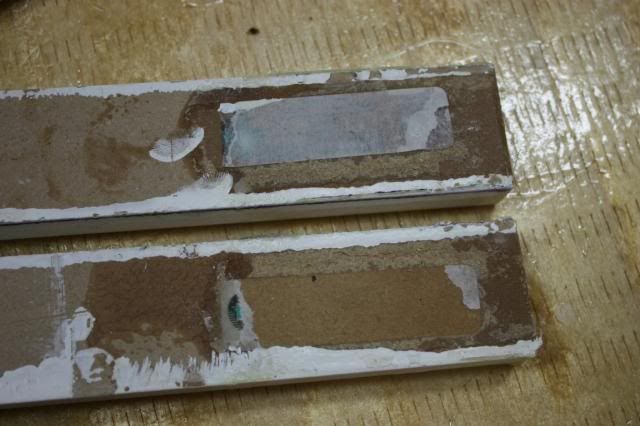
This concludes our experiment, I hope everyone learned something. In my case, I learnt that a trip to the gym now and then would help out with splitting strips of MDF previously bonded together using thickened epoxy or PB.
Later dudes.






















